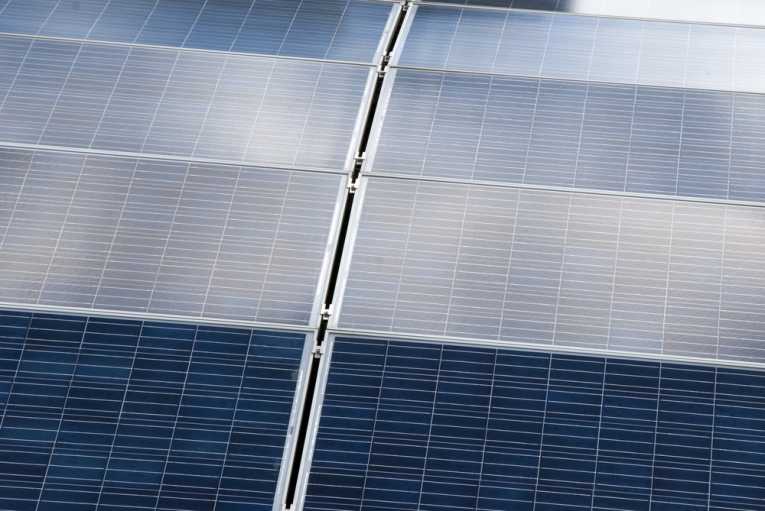Researchers in the United States have solved 20-year-old problem with a low-cost solar cell. The Grà ¤tzel cell was cheap to produce, but it had a major problem, it leaked and so was not commercially viable.
Now, scientists at Northwestern University have developed a new stable version that does not leak, has no toxic parts but is still cost-effective.
Until now, the Grà ¤tzel cell contained a dye-sensitive electrolyte that was created from an organic liquid that was liable to seep and corrode the solar cell.
In much the same way as chlorophyll acts in plants, the dye absorbs sunlight, which it converts into electricity.
For two decades, researchers have been looking for a way to extend the typical life of the cell beyond 18 months and make them commercially viable.
Northwestern nanotechnology expert Robert P. H. Chang invited chemist Mercouri Kanatzidis to solve the problem.
The chemist used a new electrolyte material that begins as a liquid but finishes as a solid, making the solar cell inherently stable. The new thin CsSnI3 compound consists of tin, cesium and iodine.
Professor Kanatzidis explains, "The Grà ¤tzel cell is like having the concept for the light bulb but not having the tungsten wire or carbon material. We created a robust novel material that makes the Grà ¤tzel cell concept work better. Our material is solid, not liquid, so it should not leak or corrode."
Among the researcher team was postdoctoral Fellow In Chung and graduate student Byunghong Lee who helped develop the new solar cells and make performance gains of around 1% a month.
The full research paper: All-solid-state dye-sensitized solar cells with high efficiency, about the improved and long-lasting solar cell were published in the Nature journal. Its main authors are Professor Kanatzidis, the Charles E. and Emma H. Morrison Professor of Chemistry from the Weinberg College of Arts and Sciences, and Professor Chang, who specialises in materials science and engineering at the McCormick School of Engineering and Applied Science. Jiaqing He, from Northwestern, is the other author.
Professor Chang says the solar cell could be developed to be better performing and more efficient than it is now. It currently has a high of 10.2%, which compared with a 12% maximum performance of the original Grà ¤tzel cell. Today's silicon solar cells can convert around 20% of sunlight.
The new solar cell uses nanoparticle titanium dioxide n-type and CsSnI3 p-type semiconductors with a single layer dye molecule forming the junction between them.
Professor Chang says, "We have millions and millions of nanoparticles, which gives us a huge effective surface area, and we coat all the particles with light-absorbing dye."
A single solar cell is half a centimetre by half a centimetre and around 10 microns thick. The dye-coated nanoparticles are packed in and Kanatzidis' liquid flows around them. In a similar way to the way paint reacts, the solvent evaporates and a solid mass is left. The dye that absorbs the sun and converts photon into electricity is between the two semiconductors.
The nanoparticles are around 20 nanometers in diameter, which boosts the surface area and allows enough space between the particles for the liquid to flow through and set.
Professor Chang says this is just the start of developing the technology and there are many other applications in solar cell technology that could be improved. The next stage is to build a large array (row) of the solar cells.
The U.S. Department of Energy, The National Science Foundation and the Initiative backed the research for Energy and Sustainability at Northwestern.










